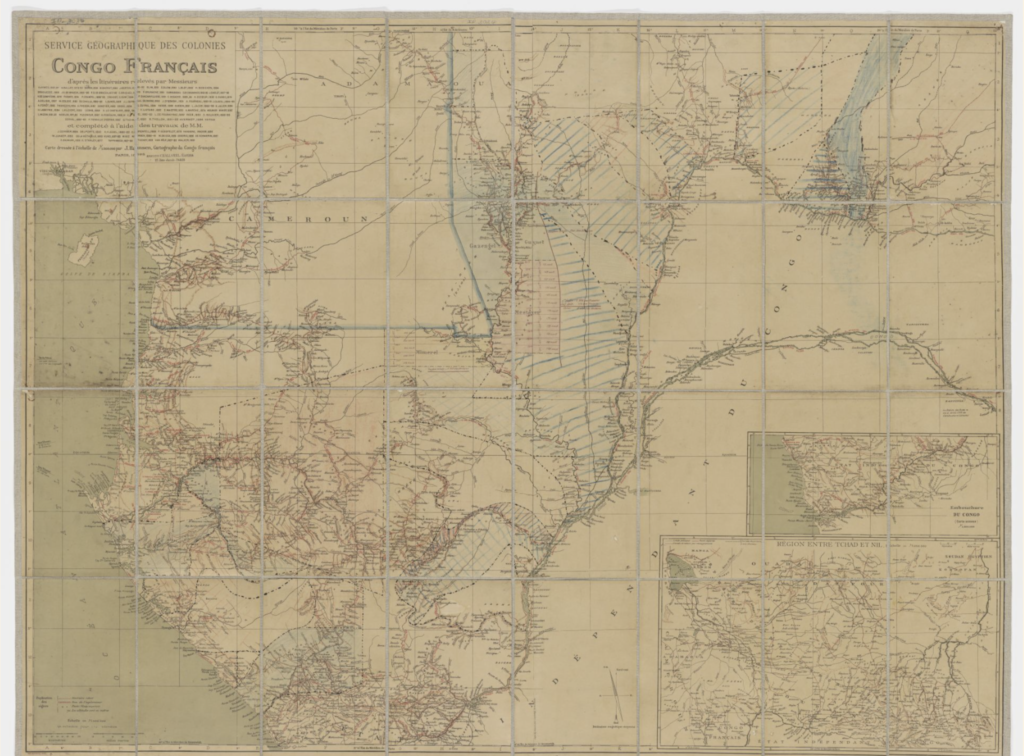About ten days ago, I was in Europe, and news from all over Africa were coming to me.
Africa is a continent in rapid transition with a fantastic legacy for all human kind, and the environment. In this period, the price of an oil barrel is below 28 USD and many African country-economies, depending on oil revenues, are suffering.
What lessons cartographic history can be passed to the present generations? Afriterra Foundation, with his rich collection of maps and various documents, can offer some suggestions to everybody.
First, continue to be very proud of the African history, land, and the value learning and education for all: boys and girls. Education can give one person appreciation for events, even terrible ones, for documents and maps, such as this one published in 1745 by Thomas Astley.

For example, El Minah, named a World Heritage Site by UNESCO, has a terrible legacy of slave trade, violence, human greed and suffering. Yet, its legacy and maps, such as the 1745-Afriterra map above, teaches all the world and for generations something related to the human endurance and capacity to fight stereotypes, adverse economy, and inequalities. We should keep always it in mind.
Second, Afriterra’s work also shows the importance of data and maps integration through time. The present seems unique and gloomy, but if one’s goes back in time — one hundred or more years ago — he/she sees that history tends to repeat itself, even if some parameters (such as population and/or the environment) change. So, based on my point-of view, it is not always important to consider the spatial extent, but also the temporal extent. For example, the decision to build the railway to Port Sudan, more than one hundred and fifty years ago, has contributed to develop an area and postponed the socio-economic growth of another one in Africa. Afriterra documents and maps can contribute to understand and cope better with the present.

Pathways from Cameroon: A Glimpse at the Origin of AIDS
The HIV-1 M virus is the express cause of the Acquired Immuno-Deficiency Syndrome (AIDS) which affects over 36 million people world-wide. The virus has now

